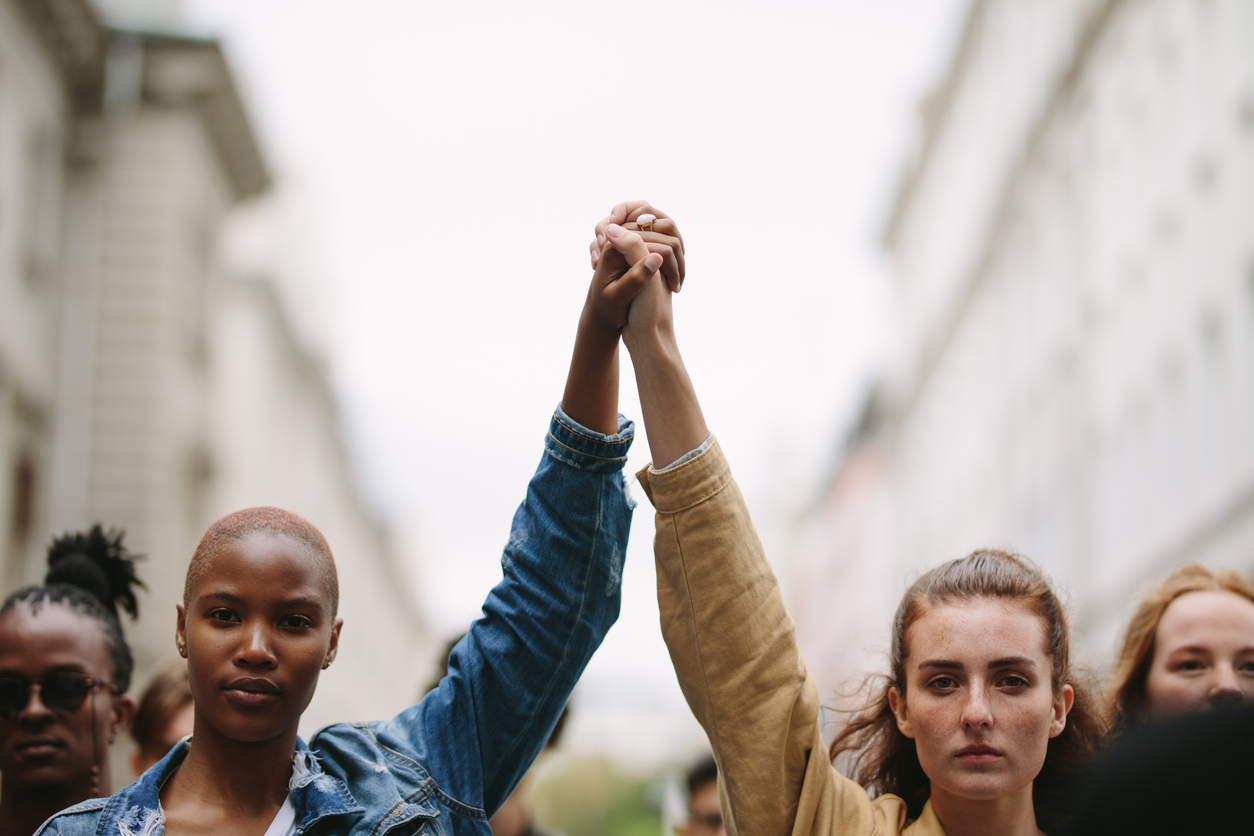| By Carol Brennan |
The month of March is now upon us, providing us with the annual opportunity to ponder the conundrum of being invited to celebrate a group that makes up roughly 50 percent of the population and yet is accorded exactly 8.5 percent of the calendar year in which to be accorded laurels. To be fair, March is technically Women’s History Month, and here at Gale, we’ve been working for nearly three decades to ensure that our dynamic, well-researched Gale In Context: Biography is nicely balanced gender-wise and full of fascinating characters.
Perhaps not surprisingly, Women’s History Month was once considered an almost revolutionary affront, as were the voices of its early promoters. Along with British suffragist E. Sylvia Pankhurst (1882–1960), who was once arrested literally for standing on a street near London’s Charing Cross Station on International Women’s Day in 1914, Spain’s Dolores Ibárruri Gómez (1895–1989) led thousands of women through the streets of Madrid on March 8, 1936, as leader of the group Mujeres Antifascistas shortly before the outbreak of the devastating Spanish Civil War (1936–1939).
Of the same generation as Pankhurst and Ibárruri was Michigan-born aviator Harriet Quimby (1875–1912), the first American woman to earn a pilot’s license. She died when her plane had an unexplained technical malfunction at a Boston air show in July 1912, less than three months after she became the first female aviator to cross the English Channel. It took another 83 years until future U.S. Senator Martha McSally (born 1966) became the first American woman to be permitted to pilot a fighter jet in a combat zone.
Another adventurer to defy expectations was New Jersey’s Alice Huyler Ramsey (1886–1983), the first woman to drive a car across the United States. Ramsey’s transcontinental trek—made with three equally intrepid passengers—took a grueling 59 days and made her a media sensation when she arrived in San Francisco on August 7, 1909. Of this same class of daring women was Bessie Stringfield (ca. 1911–1993), who defied convention in the 1930s by becoming the first Black woman to ride a motorcycle cross-country.
Also defying societal norms was Austrian explorer Ida Pfeiffer (1797–1858), who made arduous round-the-world journeys in the 1840s and ’50s, collected rare specimens for natural history museums in Germany and Britain and published a suitably three-volume account of her adventures, A Woman’s Journey Round the World. Sharing Pfeiffer’s interest in the natural world was another German-speaking pioneer, Maria Sibylla Merian (1647–1717), a self-taught entomologist and gifted artist whose travels to Suriname and elsewhere in South America resulted in a priceless collection of botanical illustrations.
The talents of another artist, the American expatriate painter Romaine Brooks (1874–1970), were exceptional, as was her daring, unconventional life. Brooks’ most haunting canvas, La France Croisée (The Cross of France), was used by the International Red Cross to solicit donations during World War I. Finally, we’ll end with a mention of feminist artist Judy Chicago (born 1939), whose incredible tour de force installation piece, The Dinner Party, was first exhibited in 1979—amidst predictable, death-threats-generating controversy—and celebrated the achievements of women in history, dating back to the dawn of human history.
You can read more about these people and others in Gale In Context: Biography.

About the Author
Carol Brennan has been writing biographical entries for Cengage/Gale since 1993. If she’s not writing, she is either at yoga or walking her dachshund. Carol consumes an alarming volume of podcasts and audiobooks weekly.



